Perk Up with 6 Tasteful Malaysian Drinks
Lighten your mood and rejuvenate your senses with 6 must-try Malaysian drinks!
Discover the authentic in Asian cuisine food
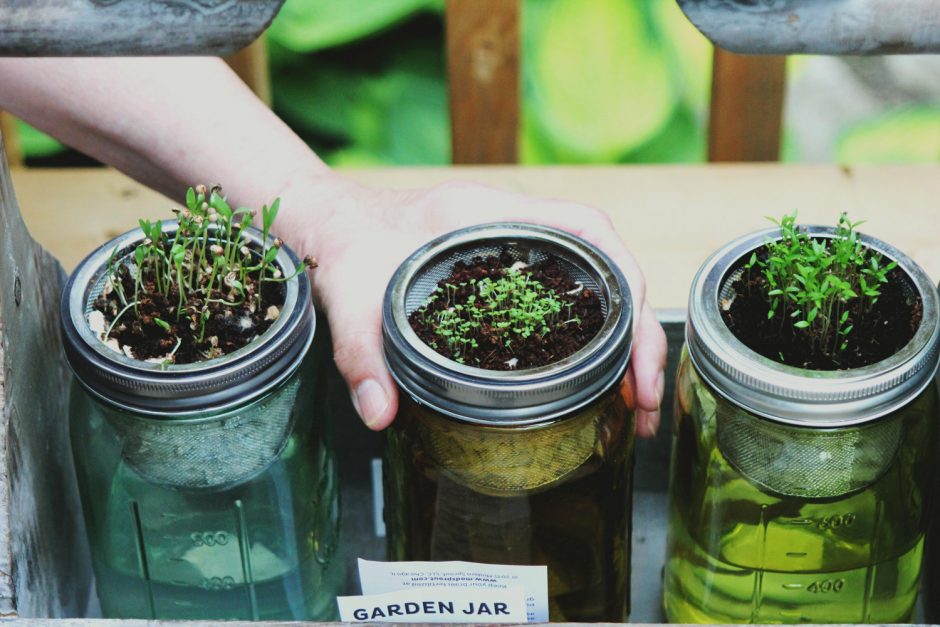
Crunchy bean sprouts are a must-have garnish ingredient in Laksa, noodle dishes, a great addition to salads, awesome as a simple stir-fry dish on its own, and many more. They’re also super easy to grow from mung beans, soybeans or black beans. All you need is a container with tiny holes, cloths for protective cover, and a spot away from sunlight. No soil needed at all.
Pick out spoiled, damaged and flat beans from the bunch. Soak the good beans in water overnight. You should already see that tiny white ‘tails’ have begun to grow the next day. Drain the water, transfer the beans to a thin cloth and wrap them up. Cover the container with black fabric. Water them twice a day, and make sure they’re well-drained afterwards. By day 5, you will have long thin white bean sprouts with tiny yellowish leaves at the heads – ready to cook! Check out this helpful tutorial for more details.

Also known as Chinese broccoli, kai-lan should be harvested 6–8 weeks after planting, just before it flowers. For a repeat harvest, cut through the stem leaving four young leaves, then fertilise.
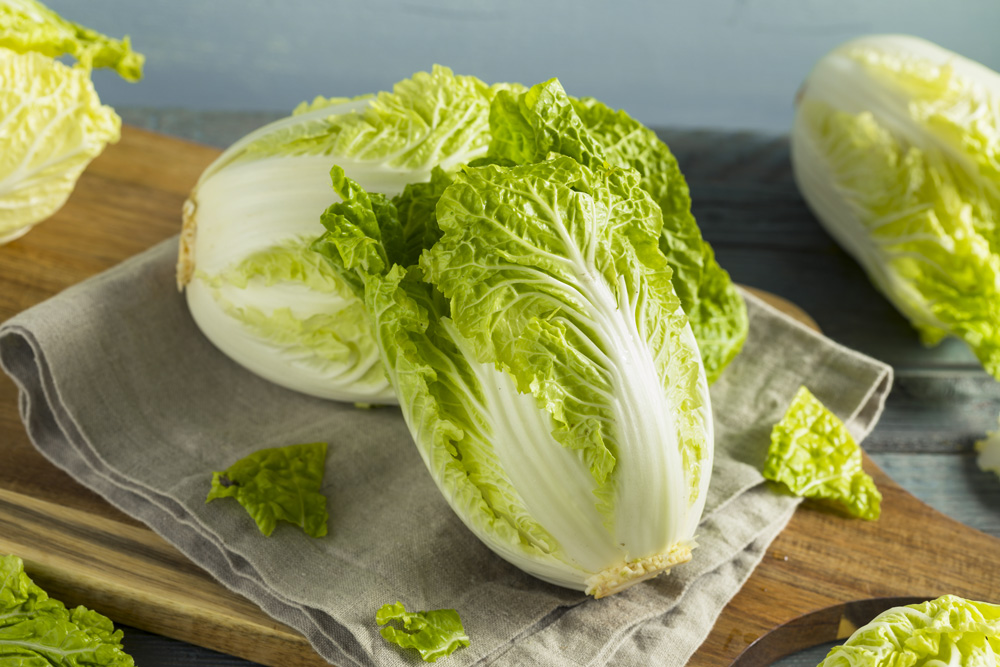
Chinese cabbage weighs about 1.5kg each, so think about how many you can eat before sowing. Like the common cabbage, wombok needs to be fed generously. Plant into the soil with lots of organic matter, then feed liquid fertiliser every two to three weeks. Keep a lookout for caterpillars, aphids and slugs, the hated enemy of the cabbage. Harvest the cabbage after 8-10 weeks, when firm and 25–30cm high.
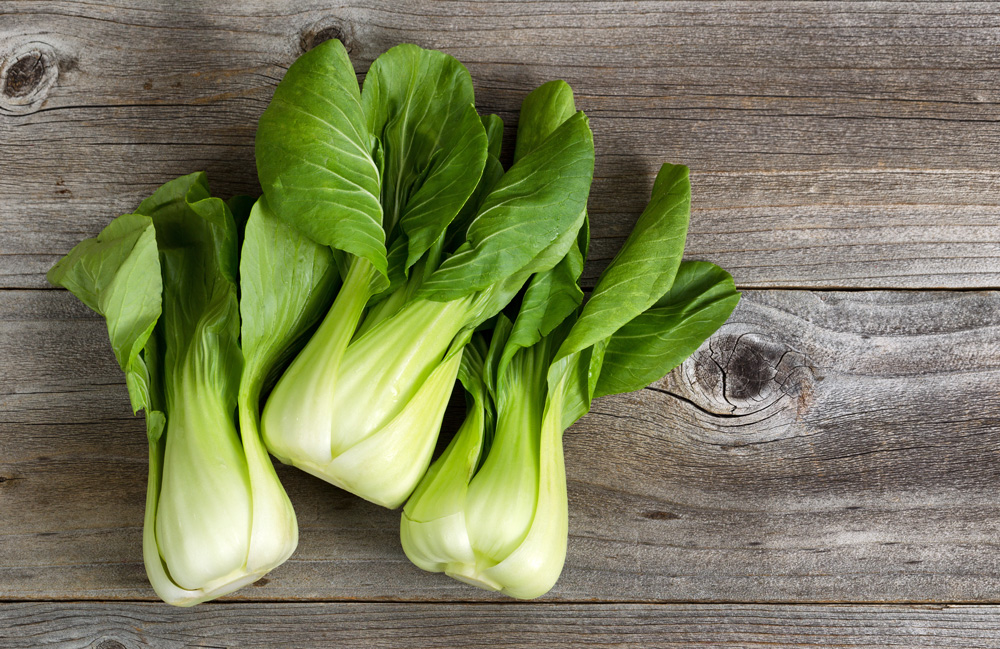
These veggies grow best in spring and autumn when temperatures are mild but can be grown year-round. Most varieties tolerate light frosts but the green-stemmed ones deal better with extreme heat and cold. Harvest either the whole plant or just the outside leaves while the plant is still growing.

Asian eggplants are straighter and thinner than the ‘regular’ variety. They also have more delicate skin, with tender flesh and sweeter flavour that you can savour unpeeled. To plant, first sow the seeds indoors, in warm soil around 27-32°C. Once the seedlings emerged and grown to 6-8 inches tall, put them outdoors in the daytime, and bring them back in at night. Do this for 3 days to harden them for the transplant into your garden, after which they’ll take 50-60 days to mature. Ripe eggplants are about 18 inches long with firm light violet skin. Clip them off close to the stem. Regular harvesting stimulates more eggplant growth.

Daikon radishes have large roots. Common types weigh close to 1kg at maturity, and the biggest variants can grow up to 22kg. Sunshine and water are what they need. Drip irrigation is best, and a layer of mulch around them helps to retain moisture. Place the seeds ¾ inch deep and 6 inches apart, leave 3 feet between rows to give them room to grow. Your radishes will reach maturity and fit for harvest within 60-70 days.
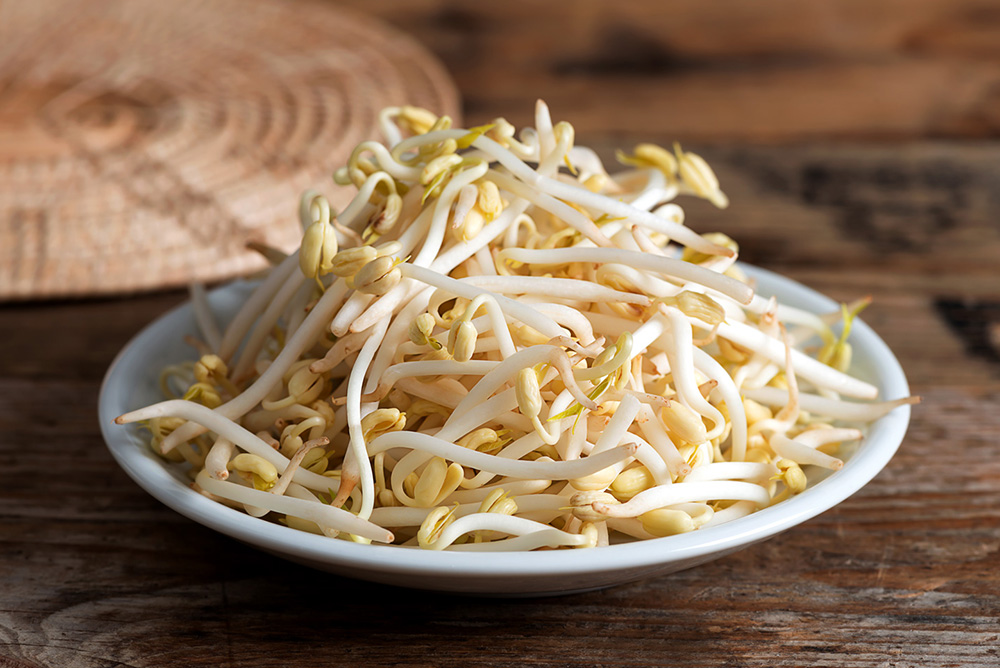
Crunchy bean sprouts are a must-have garnish ingredient in Laksa, noodle dishes, a great addition to salads, awesome as a simple stir-fry dish on its own, and many more. They’re also super easy to grow from mung beans, soybeans or black beans. All you need is a container with tiny holes, cloths for protective cover, and a spot away from sunlight. No soil needed at all.
Pick out spoiled, damaged and flat beans from the bunch. Soak the good beans in water overnight. You should already see that tiny white ‘tails’ have begun to grow the next day. Drain the water, transfer the beans to a thin cloth and wrap them up. Cover the container with black fabric. Water them twice a day, and make sure they’re well-drained afterwards. By day 5, you will have long thin white bean sprouts with tiny yellowish leaves at the heads – ready to cook! Check out this helpful tutorial for more details.
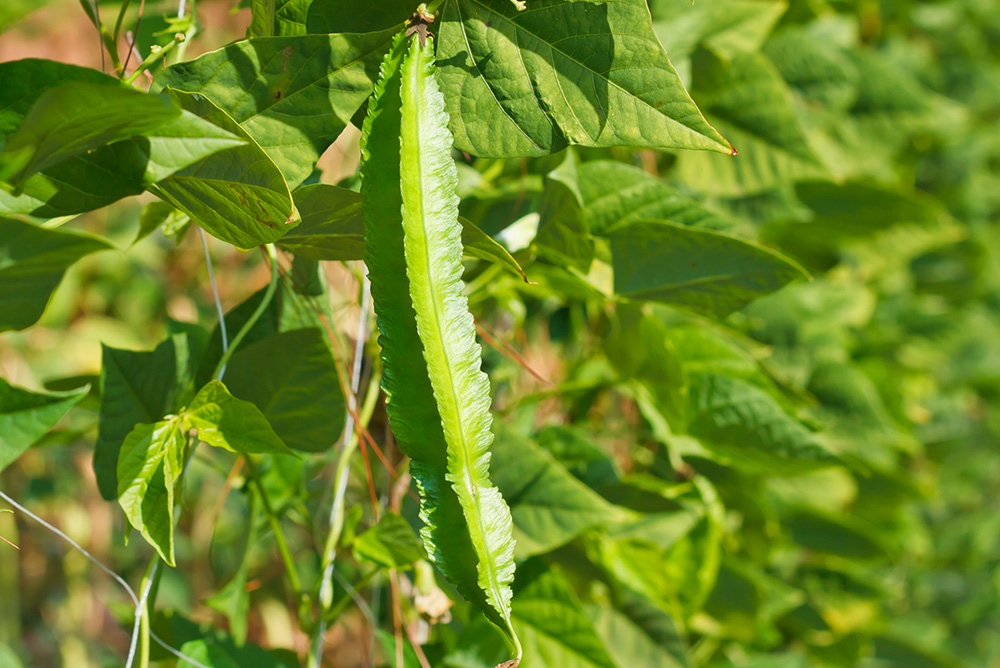
Winged beans are a Malaysian favourite for spicy savoury stir-fries, crunchy with a refreshing taste. But their flowers are also edible, great for salads; and similar to sweet potatoes, the leaves can be enjoyed like spinach as well. The winged beans themselves are actually the plant’s young pods.
Grow the seedlings indoors for about 1-2 weeks, keeping them moist. Then, transplant to your garden beside a trellis. The vines will gradually grow into a lush leafy bush onto the trellis; flower and produce the tasty pods within 8-11 weeks. Regular harvest encourages new flowers and winged beans to grow. Come learn more about it here.

Burdock has a slightly crunchy texture with a pleasant chew, and earthy bittersweet flavour, akin to artichoke. While mostly used as medicine in Asia, burdock roots are a supporting ingredient for soups and braised dishes in Japanese cuisine.
Loamy soil and average water are required to grow burdock. You can sow the seeds directly into outdoor soil, or start them indoors in a pot, and transplant to your garden once full leaves begin to sprout (about 1-2 weeks). Burdock grows and spreads easily, and can become an invasive weed, so plant them separate from your other garden herbs. It takes up to a year or two before it flowers, but the roots can be harvested within 17-18 weeks.
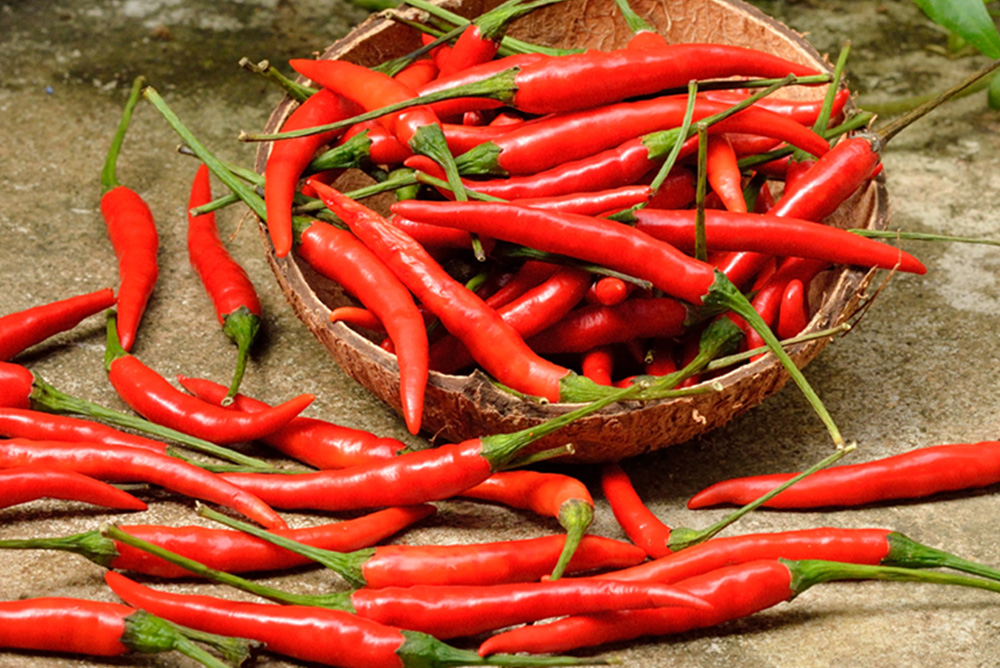
The fiery ingredient for countless Asian recipes. To grow, soak the chilli seeds overnight in warm water, or gently sandwiched between damp kitchen rolls. Then, put them in a bag and keep in an airing cupboard for a couple of days. This can improve germination later. You can sow the seeds directly in your garden during spring, or start indoors in pots. If the latter, remember to gradually harden the seedlings in the sun for at least 2 weeks – an hour per day for the first week and add an extra hour for each subsequent day. When the plants are green, healthy and fit, transplant them outdoors.
Chilli is heat-loving plants, so plenty of sun, water and nutrient-rich soil produce the best crop. Water daily but make sure the soil has good drainage as well. Flower and chilli fruits should grow within 1-2 months in the right conditions. Remove weeds as they come, and fertilize the soil monthly. Some chilli types such as bell pepper grow better with a trellis, but most can basically thrive with the steps mentioned above. Size is the best indicator for harvest time, depending on the variant. For instance, bird’s eye chillies mature and ripen when they’ve grown to about as long as ¾ of your pinky finger. If in doubt, refer to the size of the chilli type you see in the market.
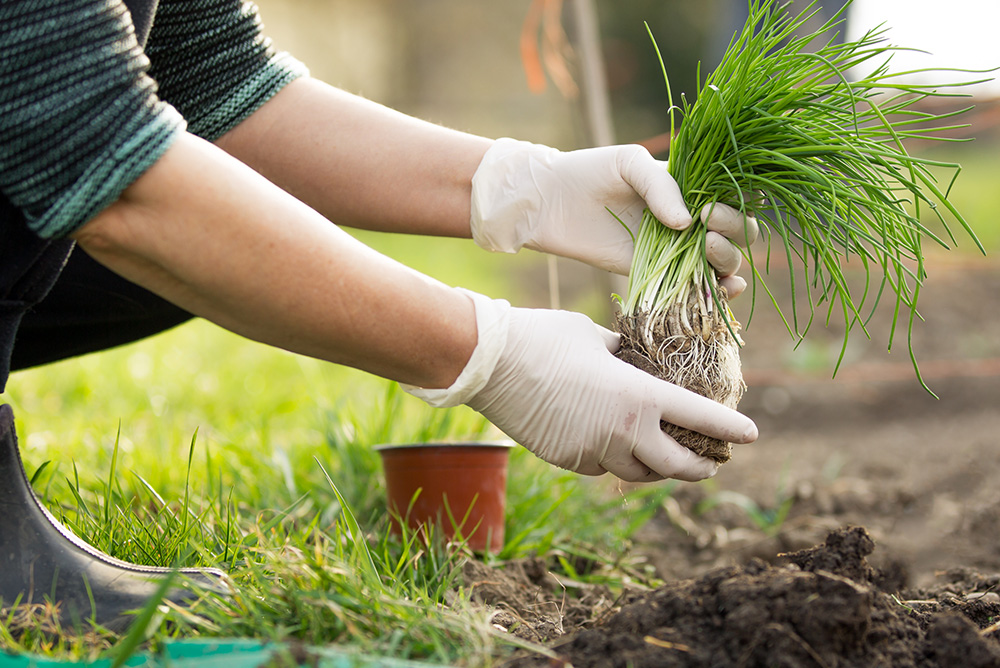
Chives are a green ‘straw-like’ herb with long hollow leaves. Used in a plethora of delectable Asian dishes for its mild oniony aroma and fresh tender texture. They need full sun or partial shade, fertile, moist, but well-drained soil to grow easily. You can sow the seeds outdoors in spring, and harvest the first mature leaves within a month. Just water daily, churn the soil and mix in organic matter, fertilizers or compost regularly. You can also grow them indoors in a pot, by a window with plenty of sun.

Lighten your mood and rejuvenate your senses with 6 must-try Malaysian drinks!

Pair your hearty barbecues with these refreshing Asian delights!

What are the properties of ginger, and how to pick, store and use ginger in your cooking? Find out here!